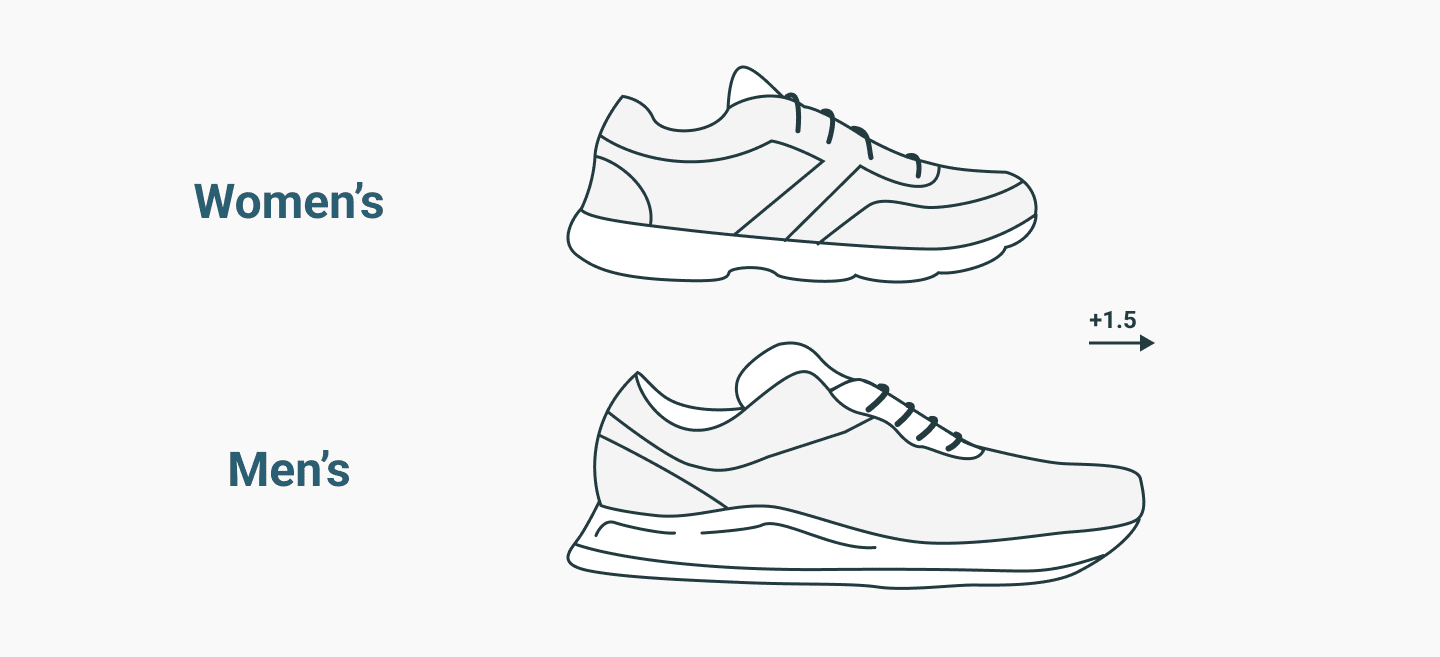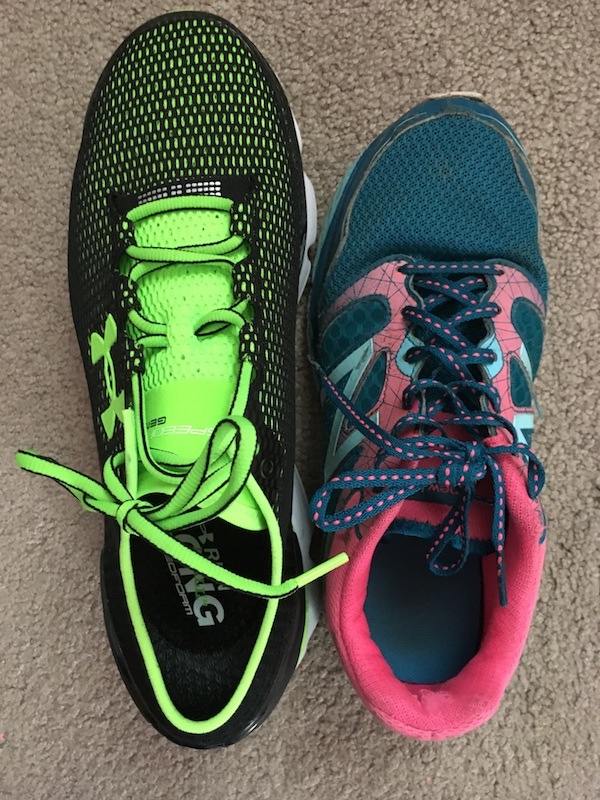When it comes to footwear, the differences between men’s and women’s shoes go beyond mere aesthetics. In the ever-evolving U.S. shoe market, where trends change faster than you can say “sneaker,” understanding these differences is crucial for consumers, fashion lovers, and industry professionals alike. Whether you’re a shoe enthusiast, a fashion-focused individual, or a business owner in the footwear industry, this article will equip you with valuable insights. We will delve deeply into the design differences, functionality, fit, and popular styles of men’s and women’s shoes, while also drawing upon real-world experiences and case studies relevant to the U.S. footwear market.
Understanding Footwear Categories
Men’s Shoes: The Basics
Men’s footwear typically has a more robust and structured design compared to women’s shoes. Common styles include:
- Dress Shoes: Often made of leather, they are sleek and formal.
- Casual Shoes: Such as loafers, sneakers, and boots, meant for daily wear.
- Sports Shoes: Designed for athletic purposes, offering specific support based on the sport.

Women’s Shoes: A Different Approach
Women’s footwear embraces a wide range of styles, often focusing on aesthetics without compromising comfort. Key styles include:

- Pumps: High-heeled shoes primarily designed for formal occasions.
- Flats: Comfortable and practical footwear for everyday use.
- Boots: Ranging from ankle to knee-high, available in various materials and designs.
Comparative Overview: Men’s vs. Women’s Shoes

| Feature | Men’s Shoes | Women’s Shoes |
|---|---|---|
| Width | Generally wider | Narrower, but often has varied width options |
| Heel Height | Flat to low heel | Varies, often higher |
| Arch Support | Designed for flat to normal arches | Designed for higher arches |
| Style Focus | Functionality and durability | Aesthetics and variety |
Design Differences: A Closer Look

Construction and Materials
Men’s shoes often utilize thicker leathers and sturdier construction methods compared to women’s shoes, which may prioritize lightweight materials and softer finishes. This difference stems from the intended use and style preferences of men and women. For instance, a popular men’s sneaker brand, Nike, emphasizes durability in their models, while brands like Miu Miu create women’s shoes that prioritize aesthetic appeal.

Fit and Comfort
Fit plays a critical role in footwear comfort. Men’s shoes are generally designed with a wider toe box and a more generous fit overall. Women’s shoes, however, are designed to accommodate narrower feet, often including features like a contoured heel for better grip. Brands like Clarks and Naturalizer have successfully marketed lineups that cater specifically to the needs of women, offering comfort without sacrificing style.

Popular Footwear Styles in the U.S. Market
Trend Analysis: Men’s Shoe Styles

Men’s footwear trends are heavily influenced by lifestyle changes, with athleisure gaining immense popularity. Sneakers, especially, have become a staple in men’s wardrobes, transcending their original sports functionality. Brands like Adidas and New Balance have capitalized on this trend, producing stylish sneakers that double as everyday wear.
Trend Analysis: Women’s Shoe Styles

For women, trends often fluctuate with seasons and events. Platforms and metallic finishes have dominated the scene, especially in the past few years. The popularity of brands like Steve Madden and Sam Edelman highlights the balance between affordability and trendy design, making them accessible to the average consumer.
Case Studies: Real-World Footwear Experiences
The Rise of Unisex Shoes
In recent years, the footwear industry has witnessed a surge in unisex shoe designs, challenging traditional gender norms. A case study is the Converse Chuck Taylor All-Stars, a timeless classic that appeals to both men and women. This shoe’s versatility exemplifies how the market is evolving, catering to a broader audience regardless of gender.
Consumer Preferences: A Survey Analysis
According to a survey conducted by the American Footwear Association, around 65% of respondents claimed comfort is their top priority when purchasing shoes, regardless of gender. This data reflects a significant trend in the U.S. market where functionality is increasingly valued over mere aesthetics.
Shopping Tips: Choosing the Right Footwear
For Men: Key Considerations
- Size Matters: Always measure your feet and try shoes on before purchasing.
- Quality Over Quantity: Invest in quality shoes that will last longer.
- Style Versatility: Opt for neutral colors that can be paired with various outfits.
For Women: Essential Tips
- Prioritize Comfort: Choose shoes that support your unique foot shape.
- Heels vs. Flats: Consider where you’ll be wearing the shoes; opt for flats for long days.
- Trendy vs. Timeless: Invest in one or two classic pairs and mix them with trendy options.
Highlighting Successful Products in the U.S. Footwear Industry
Men’s Shoe Recommendations
1. Nike Air Max 270
Rating: 4.8/5
The Nike Air Max 270 is celebrated for its cushioning and style. Perfect for both athletic activities and casual outings, this model illustrates the merging of function and fashion.
2. Clarks Desert Boot
Rating: 4.7/5
Known for comfort and durability, Clarks’ Desert Boot has become a classic choice for men, suitable for various occasions.
Women’s Shoe Recommendations
1. Adidas Ultraboost
Rating: 4.9/5
The Ultraboost is a favorite, especially for those who value comfort during workouts without compromising on looks.
2. Tory Burch Miller Sandal
Rating: 4.6/5
A quintessential summer staple, the Tory Burch Miller Sandal combines style with comfort, ideal for casual outings.
Pros and Cons of Men’s vs. Women’s Shoes
Men’s Shoes
Pros:
- Generally more durable
- Broader fit options
- A strong emphasis on performance for sports shoes
Cons:
- Limited diversity in styles compared to women’s
- Sometimes heavier due to construction
Women’s Shoes
Pros:
- Vast array of styles and colors
- Emphasis on aesthetics and trends
- Options for various occasions
Cons:
- Less durability in certain styles
- Can prioritize fashion over function
Frequently Asked Questions (FAQs)
1. What are the main differences in sizing between men’s and women’s shoes?
Men’s shoes are generally wider and have a different sizing system compared to women’s shoes. Women typically wear about 1.5 sizes smaller than men in the same shoe type.
2. Are unisex shoes a good option for both genders?
Yes, unisex shoes can be a great choice as they are designed to fit a broader range of foot shapes and sizes. However, it’s important to check sizing, as it can vary.
3. How can I determine my correct shoe size?
Measure both feet in the afternoon. Use a Brannock device or a ruler to measure the length and width of your feet, then refer to the brand’s sizing chart.
4. Why is arch support important in shoes?
Arch support helps distribute weight evenly across your feet, reducing the risk of pain and injuries, especially if you’re on your feet for long periods.
5. Can wearing the wrong shoe type cause foot problems?
Absolutely. Wearing the wrong type of shoe can lead to various foot issues, including plantar fasciitis, bunions, and general discomfort.
6. Are high heels bad for your feet?
Frequent use of high heels can lead to foot pain and other complications, such as bunions and hammertoes. It’s advisable to balance wearing heels with comfortable footwear.
7. What should I look for when buying sports shoes?
Consider factors like fit, arch support, breathability, and the specific purpose (e.g., running, basketball) when selecting sports shoes.
8. How often should I replace my shoes?
It’s generally recommended to replace shoes every 300-500 miles for athletic footwear or when you begin to notice signs of wear and tear.
9. What are some popular shoe brands in the U.S. market for men?
Popular male-oriented brands include Nike, Adidas, Clarks, and Timberland, known for their quality and style.
10. What are some popular shoe brands in the U.S. market for women?
For women, brands like Steve Madden, Clarks, and Tory Burch stand out for their unique designs and comfort.
11. How can I ensure my shoes last longer?
To extend the life of your shoes, clean them regularly, store them properly, and rotate between multiple pairs to reduce wear.
To dive deeper into footwear-related insights, consider checking out Footwear News, a leading source in the industry.